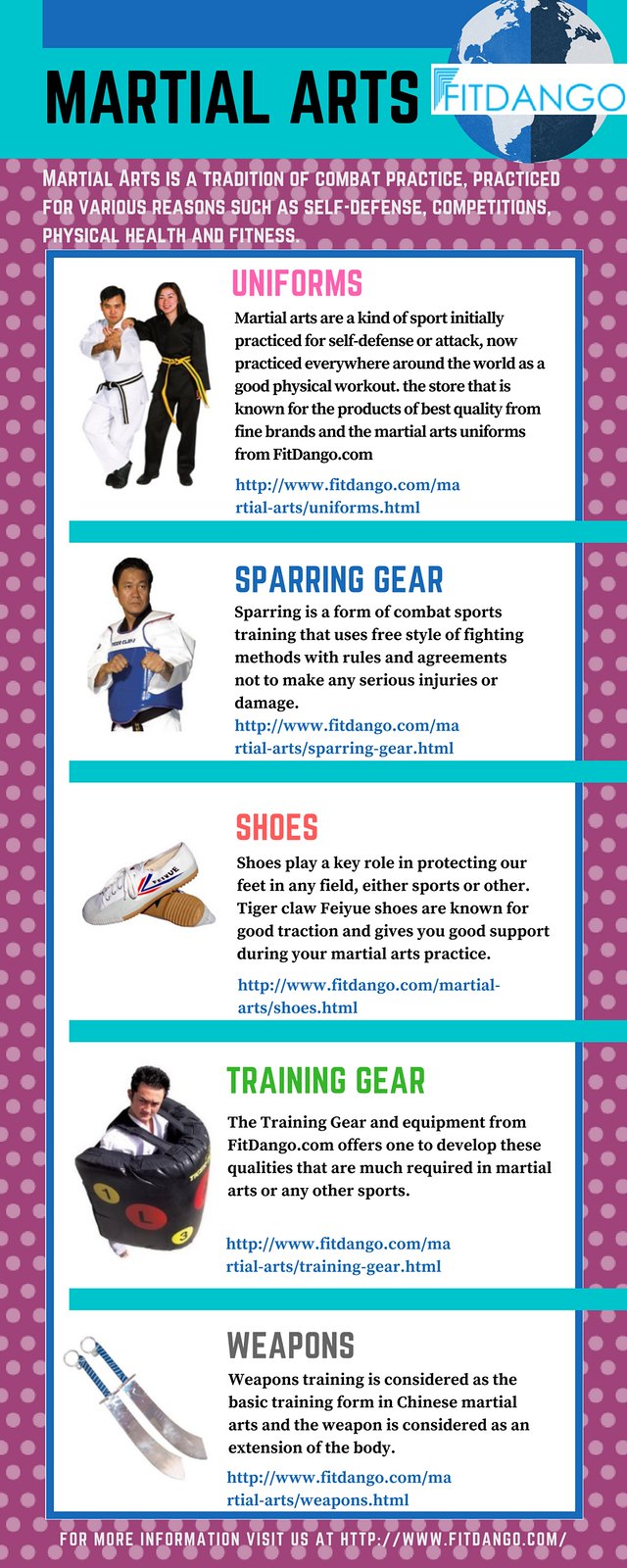Master The Powerful Kicks And Lightning-Fast Strikes Of Taekwondo With These Crucial Strategies! Perfect For Novices Seeking To Unleash Their Internal Martial Artist
Master The Powerful Kicks And Lightning-Fast Strikes Of Taekwondo With These Crucial Strategies! Perfect For Novices Seeking To Unleash Their Internal Martial Artist
Blog Article
Short Article Developed By-McLain Crowell
As you step onto the mat, the crisp aroma of resolution fills the air. The world of Taekwondo awaits, all set to introduce its secrets and unleash your possibility.
But where to start? Anxiety not, for within these sacred strategies lies the foundation of your trip.
From understanding the art of stances, to letting loose powerful kicks and strikes, this conversation will certainly direct you with the essential methods that will certainly form you into a formidable Taekwondo practitioner.
So, tighten your belt and prepare to embark on a path of discipline, strength, and self-discovery.
Stances
To carry out Taekwondo techniques successfully, it's important to master the proper positions. Stances are the structure of every move in Taekwondo, supplying stability, equilibrium, and power.
Among the most standard stances is the 'Steed Stance.' In this stance, your feet are shoulder-width apart, knees are somewhat curved, and your weight is uniformly dispersed in between both legs. The Equine Stance allows you to maintain a low center of mass, making it easier to execute powerful strikes and kicks.
An additional vital stance is the 'Front Position.' In this position, one leg is positioned onward with the knee bent, while the other leg is prolonged straight back. The Front Position is used for long-range assaults and supplies a solid base for creating maximum power.
Kicks
Beginners in Taekwondo can learn a selection of effective and vibrant kicks to boost their fighting styles abilities. Kicks are an essential part of Taekwondo, as they permit you to create optimal power and reach your challenger from a distance.
Among the standard kicks you'll discover is the front kick, where you expand your leg ahead and strike with the sphere of your foot.
One more essential kick is the roundhouse kick, where you pivot on your sustaining foot and provide a round kick with the top of your foot.
Additionally, the side kick includes raising your leg sideways and striking with the side of your foot.
Strikes
After understanding the numerous kicks in Taekwondo, it is essential to currently concentrate on developing reliable strikes. karate near me are five necessary strikes that every beginner should learn:
- Punches: Practice throwing straight strikes with correct technique and placement. Remember to utilize your whole body to create power and preserve balance.
- Hand Heel Strikes: Utilize the base of your palm to strike your opponent's target area, such as the nose or chin. Concentrate on accuracy and rate to make the most of effect.
- Joint Strikes: Learn different elbow joint strikes, such as the down elbow joint or horizontal elbow strike. These can be ruining close-range attacks.
- Ridge Hand Strikes: Utilize the side of your hand to strike prone locations like the temple or throat. Exercise appropriate hand positioning and aim for precision.
- Knee Strikes: Develop solid knee strikes by driving your knee upward right into your challenger's body. Focus on creating power from your hip turning.
Verdict
As you take your final bow, the journey of learning vital taekwondo strategies concerns an end. Yet, this final thought marks the beginning of a brand-new phase in your life.
The stances, kicks, and strikes you have discovered represent greater than plain physical motions; they signify self-control, determination, and self-esteem. Embrace these teachings, and let them guide you towards a more powerful, a lot more well balanced presence.
With karate new jersey understood, you unlock the prospective within yourself to get rid of any challenge that comes your means.
